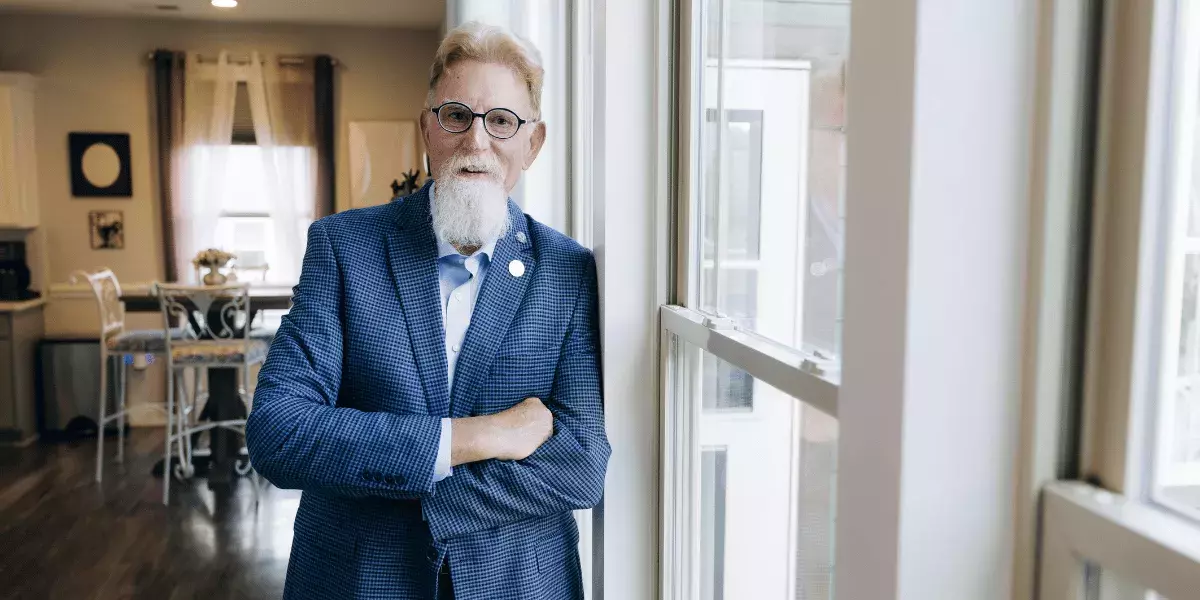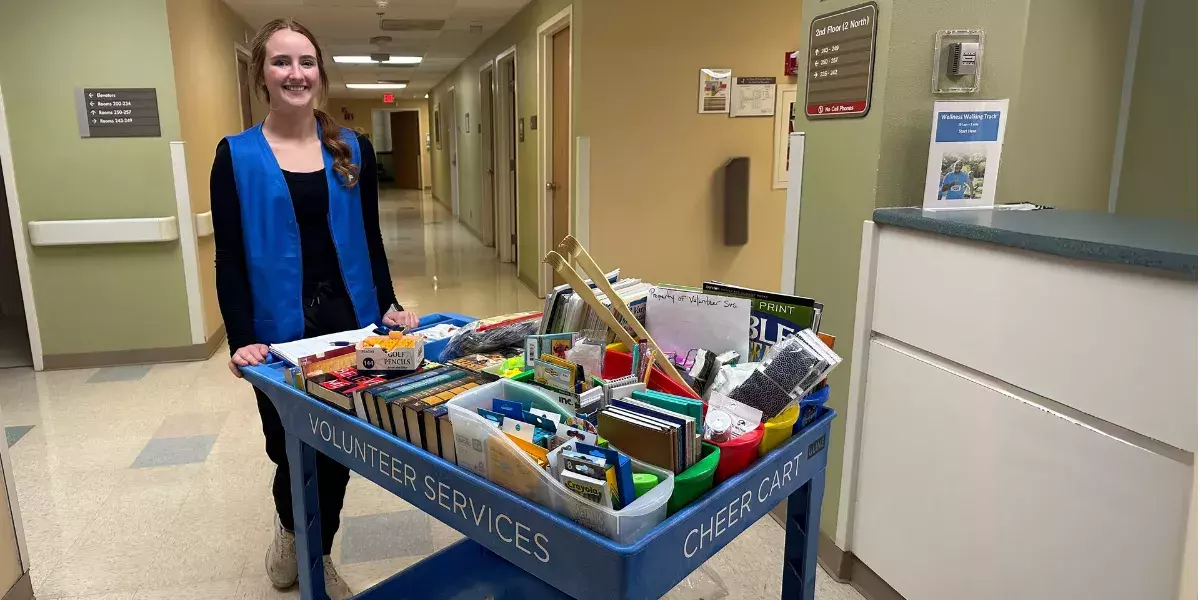
Got a lump in your neck? It may be time to see a doctor
Head and neck cancers can be a sensitive subject for many patients after a diagnosis.
“Will I be able to speak or sing again?” “Will my facial expressions change?” “How will I taste and swallow food?”
Dr. Erik Steiniger, an otolaryngologist with Spartanburg ENT, explains how those questions can be daunting for many patients, which is why doctors who specialize in head and neck cancers value the importance of patient education and compassion.
“The goal of treating head and neck cancers is to give our patients the best chance at a cure without too many side effects,” Dr. Steiniger said. “The tricky thing about head and neck cancers is that it can impact our functions like talking, eating, the ability to swallow and facial expressions. All of those things that make us human beings in general are going on in the head and neck region.”
Dr. Steiniger said patients who must undergo surgery for such cancers are reassured that preserving these essential functions and emphasizing quality of life are top of mind for surgeons and providers.
What causes head and neck cancers?
Head and neck cancers primarily refer to cancers in the mouth, throat and neck and appear through the lining of these locations and through mucus membranes.
Smoking is the biggest risk for these cancers.
“The patient who we worry most about is the one who has a long history of smoking and also consumes alcohol,” Dr. Steiniger said.
The warning signs
People who develop head and neck cancers need to be watching out for lumps in their necks that last for four to six weeks or longer, an ulceration in the mouth that lasts for two to four weeks or longer or a change to their voice that leaves them sounding hoarse for several weeks.
These are all concerning symptoms that should prompt someone to consult with their doctor or seek a referral.
“It’s common to get an ulceration in your mouth. The mouth is easily exposed to trauma from things like brushing teeth or eating something sharp,” said Dr. Steiniger. “But most ulcerations heal in two to four weeks so it’s those ones that last longer that we need to be worried about.”
Surgery, radiation therapy, chemotherapy or some combination of these treatment modalities is the most effective way to treat and hopefully cure a patient from their cancer; and Gibbs Cancer Center uses a multi-disciplinary team approach to caring for each patient, Dr. Steiniger said.
‘Standing up to cancer’
Kelly Lundis, an outpatient speech language pathologist for Gibbs Cancer Center, helps patients rehabilitate after surgery and radiation to help them overcome side effects that present differently for each person.
“We hope what we are doing today will help us have a better tomorrow,” Lundis said.
Part of her therapy sessions involves helping patients stand up straight with their heads held high to help their scar tissue heal properly while symbolically keeping them motivated.
“I tell my patients not to bow down to cancer radiation. Often it makes our neck stiff and pulls us forward. Cancer treatment can really knock us down so one of the first things we do in each session is we stretch and stand up to cancer,” Lundis said. “We say to that scar tissue, ‘You will not tighten down, you will not take anything else from me.’”












